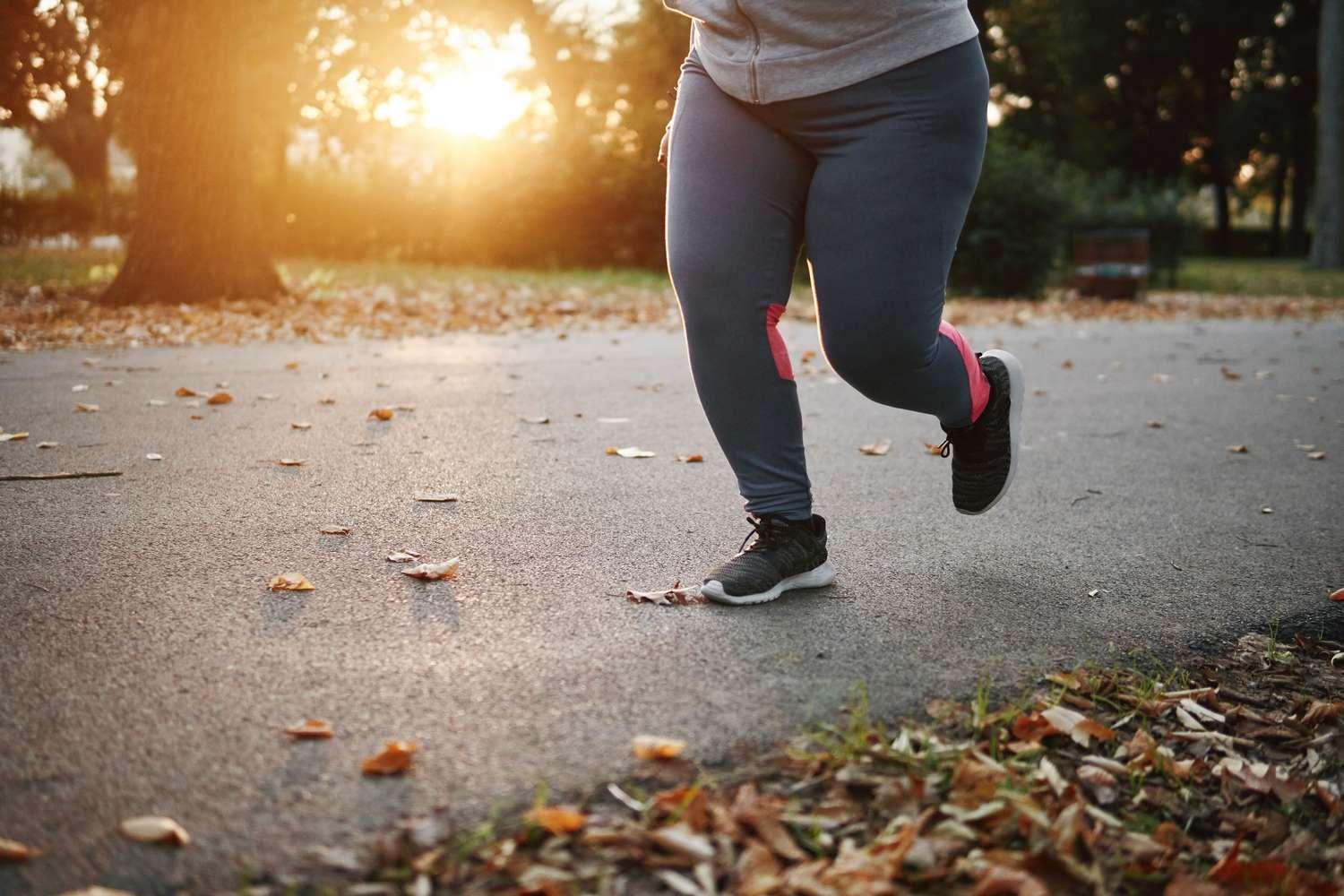Africa-Press – Nigeria. Exercising is important for everyone because it strengthens muscles, keeps the joints and muscles flexible and your organs healthy. Treatment and management of obesity is a multi-sectoral effort that requires a lifestyle change in diet and exercise.
Obesity happens over time by consuming more calories than the body burns. With time, the calories are converted into fat which is deposited around the major body organs and muscular tissues such as the heart, kidneys, liver and blood vessels. Fat deposits burden the organs and can cause health challenges such as stroke, fatty liver disease and others.
According to Dr Godfrey Basoita, a physiotherapist at Mulago National Referral Hospital, it is important that before you start exercising, get an assessment from a qualified health practitioner to identify the cause of your obesity.
“If your challenge is over eating or the foods that increase one’s unhealthy weight, you need to couple exercise with changes in your diet to a balanced diet with foods that are low in sugar and less oily. Also, you may have to drastically reduce the quantity and amounts of food you eat,” he says.
If the cause for your obesity is because of your family genes, there may not be much that you can do but if you are living a sedentary lifestyle, you will have to incorporate exercises.
Exercise is a recommended tool to reduce weight but it is important that you seek the help of a physiotherapist who will prescribe safe exercises that will not hurt your joints and muscles.
Dr Basoita says, “The exercises should help burn calories, reduce weight and the fat deposits from the muscles and organs. Because of their weight, overweight people should start slowly and ease into exercising.”
He recommends trying out low-impact, weightless sports such as swimming or riding a horizontal exercise bike in order to avoid knee pain.
The exercises
For a start, a person who is overweight should start with isometric exercises that target strengthening thigh and leg muscles. Isometric exercise is a type of training that produces no obvious movement because they do not cause the length of your muscles to change while contracting.
He says, “They are effective for building strength and are, therefore, a valuable component in any weight-loss programme. Isometric exercises allow you to remain static and use your body’s own resistance to challenge the muscles. They are essential for starters, holding each position for a minute and resting for half a minute.”
The plank squeeze targets the core muscles. First lie on the floor with your face down then prop yourself up onto your arms and toes with the body forming a straight line. Contract your abs and hold as much as you can.
Plank
With time when you have mastered how to balance your weight, you can also do a t-stabilisation exercise that targets the abs. Get into a push-up position first then shift your weight on to your left hand. Rotate your chest to the right as you raise your right arm up and keep your feet stacked. Hold for a minute then repeat.
Static wall squats target the legs. To do this, stand with your feet slightly apart and get a stability ball between the half of your back and the wall. Gently lower your body, letting the ball roll up your back until your knees are at 90 degrees. Then push into your heels and hold it for 60 seconds, repeat several times.
“You can do muscle pumps repeatedly 10 times, three times a day. You can do this every day while gradually increasing the number of repetitions for a period of two weeks and thereafter, you can graduate by adding a more intense type of exercise to this,”Dr Basoita.
After two weeks, the joints and muscles in your legs and thighs can now bear some degree of strain so you can now graduate to light cardio exercises that involve weight bearing. Such exercises improve your breathing and heart rate.
Walking
The safest cardio exercise for people who are obese is brisk walking. “Set a particular distance you must walk over a particular period of time, say, about 30 minutes but do not over strain because you may hurt the joints,” he remarks.
You can also walk on a treadmill which is an effective cardio machine that lets you run or walk at your own pace. These exercises train muscles, joints and ligaments to bear strain and after two weeks, you can gradually add jogging, jumping or skipping to your exercises.
Caution
Vigorous exercises are a no go area for people who are overweight because they usually trigger a temporary spike in blood pressure, which can be dangerous for those with cardiac problems. This is the reason they have to start with low impact exercises then gradually transition to moderate then high intensity exercises.
People who are overweight need to keep hydrated all throughout the exercise session because they have trouble regulating their body temperature and, therefore, may over sweat and become dehydrated or even suffer heat exhaustion, especially during hot weather.
For More News And Analysis About Nigeria Follow Africa-Press







